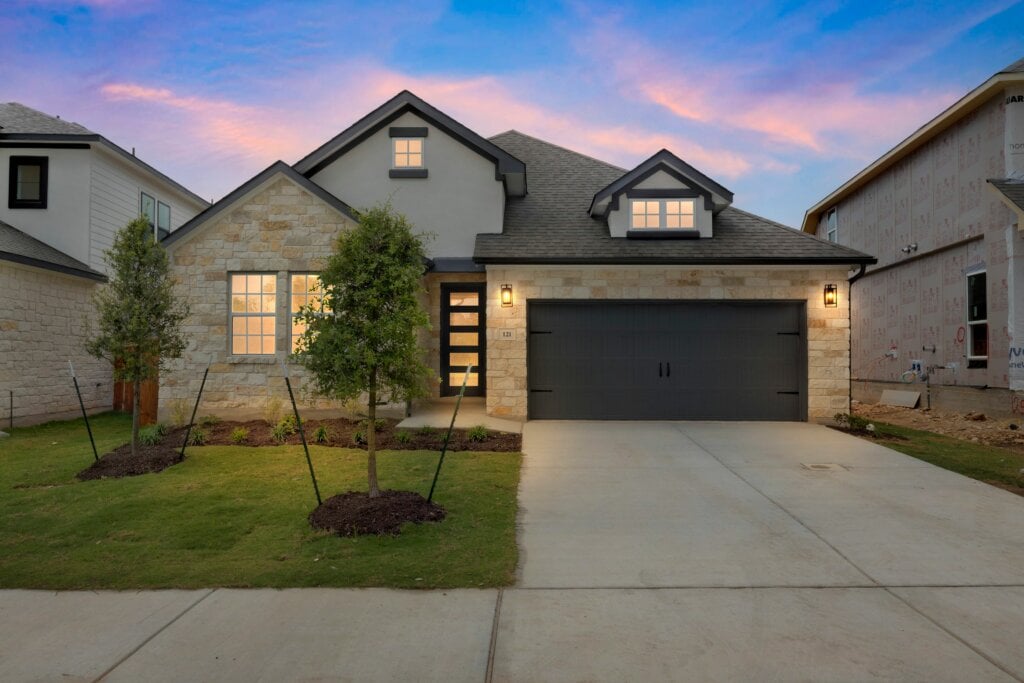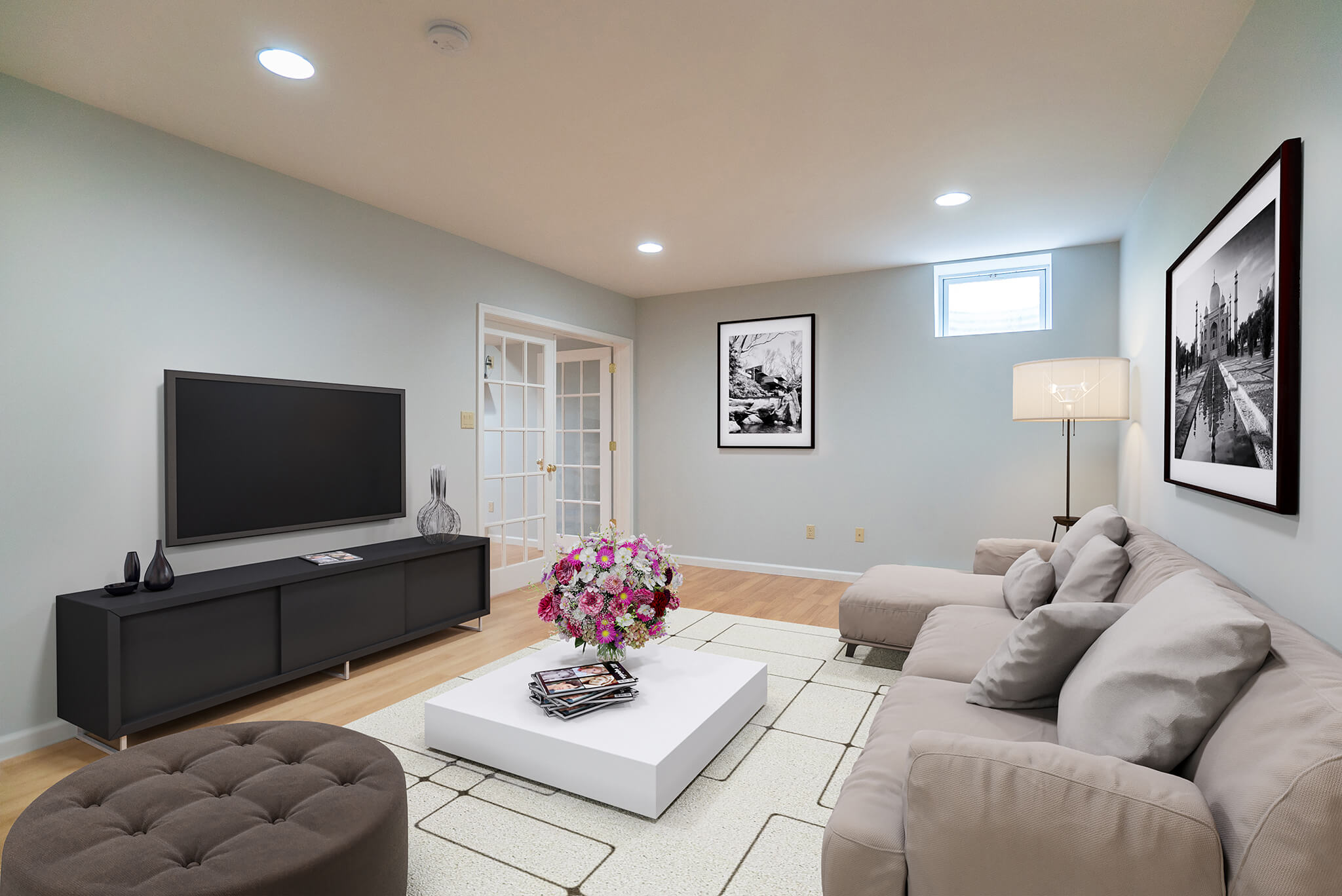AI is making waves in various industries, and real estate photography is no exception. This advanced technology is opening new avenues for showcasing properties, enhancing their appeal, and streamlining the overall buying and selling process.
Here’s a glimpse into the transformative role of AI in real estate photography:
Automated Editing and Post-Production
AI’s role in automating photo and video editing is one of the most promising advancements in real estate photography. AI can enhance image quality by adjusting lighting, color correcting, and removing unwanted objects. AI can also generate variants of videos optimized for different social media platforms.
Additionally, AI is being utilized to automate post-production tasks like selecting the best images, cropping, straightening, and applying preset edits. While some aspects of this technology are already being implemented, there is a lot more potential for growth and development in this space.
Virtual Staging
Virtual staging, enabled by AI, is a game-changer in real estate. It allows vacant properties to be filled with virtual furniture, making them more appealing to potential buyers. This tool also enables customization based on a buyer’s tastes, replacing outdated furniture with modern options. This technique is gaining popularity and is likely to become a standard practice in the industry soon.
3D Modeling and Digital Twin Creation
AI’s ability to convert 2D photos into detailed and interactive 3D models is already being employed for virtual property tours. This technology, in the near future, could be further enhanced to create ‘digital twins’ of properties – accurate digital replicas for various purposes, such as planning renovations or demonstrating an unfinished property’s potential.
Soon, all these advancements can be achieved from just 2D still photos. This application of AI, while promising, is still in its developmental stage and might take some time to reach its full potential.
AI-Assisted Lighting
Artificial Intelligence’s role in predicting optimal lighting conditions for capturing the best real estate photographs is an emerging field. AI can suggest ideal times to shoot based on location and date, assisting photographers in planning their shoots more effectively. However, this application is still in its nascent stages and may require more research and development.
Image Recognition and Descriptive Analytics
AI’s image recognition capabilities are indeed being utilized in the real estate industry. These capabilities allow AI to identify key property features, such as the number of bedrooms, bathrooms, or the presence of a swimming pool or garden.
An emerging application of this technology is its use for descriptive analytics. A few innovative companies have begun harnessing this information to automatically generate property descriptions and even voice-enabled listings, significantly streamlining the property listing process.
This application holds immense potential for time and cost savings, but it is still in the early stages of adoption across the industry. As the technology continues to mature and demonstrate its value, wider implementation is expected.
The Road Ahead:
The role of AI in real estate photography is poised to grow significantly in the coming years, creating new opportunities and efficiencies. As technology continues to evolve, it’s expected to not only enhance the visual presentation of properties but also revolutionize the way information about properties is processed and presented.
By leveraging these technologies, real estate photographers and agencies could provide more value to their clients, enhancing the overall buying and selling experience.
It’s an exciting time for the industry, and staying up-to-date with these advancements will be key to maintaining a competitive edge in the market.















